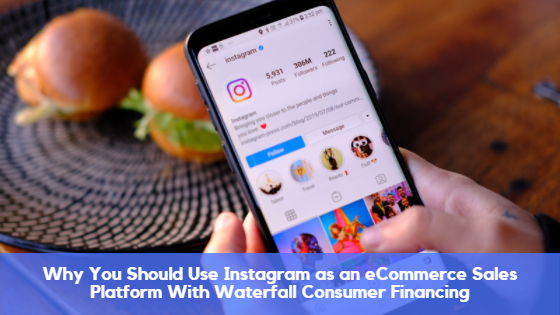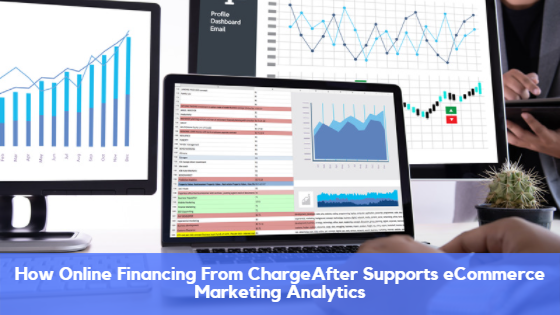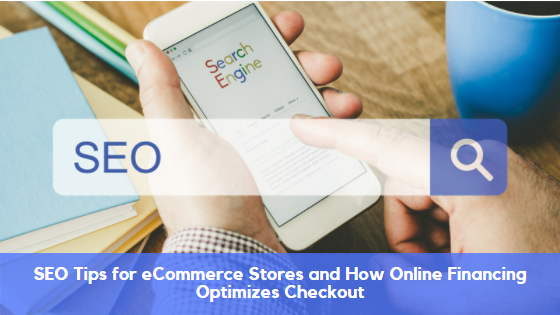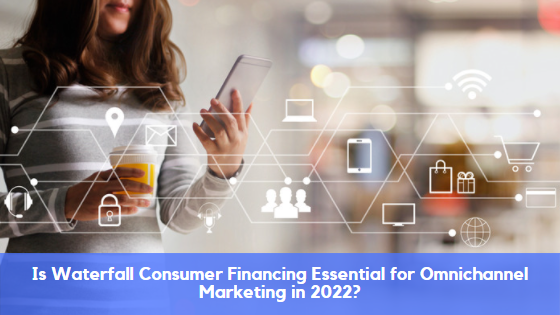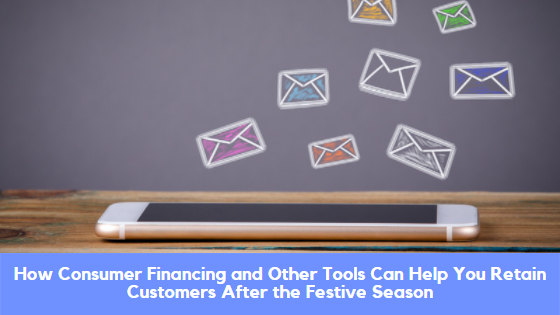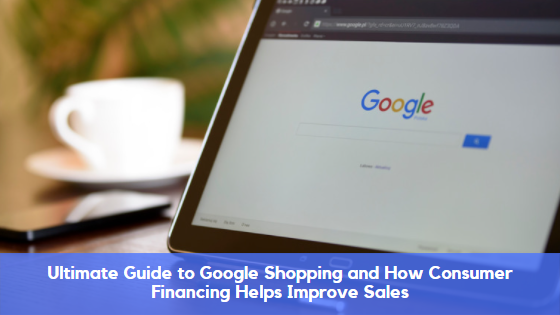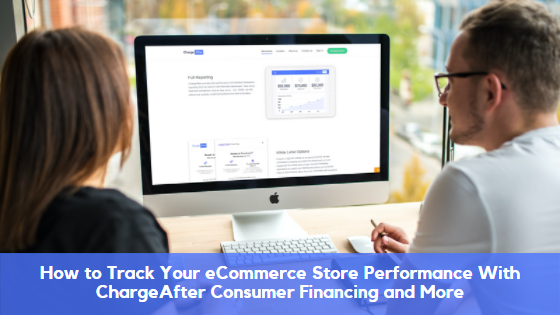Instagram has grown from a social media app to a viable sales platform in a short space of time, and if you are not taking advantage of its ability to push products to consumers then you are missing out on a massive touchpoint for revenue generation. In this article, we discuss why you should use Instagram as an eCommerce sales platform with waterfall consumer financing to maximize your revenue potential.
Why You Should Be Using Instagram
The value of using Instagram as a sales platform lies in the popularity of the app itself. Furthermore, the number of people worldwide that are now using Instagram to shop as opposed to other digital channels like Google Shopping. According to authoritative sources, “130 million Instagram users tap on shopping posts every month”. That is a massive figure, and if you are not using Instagram as a shopping avenue then you are missing out on a huge part of your potential consumer base.
Furthermore, Instagram has made adding shopping features to a business profile extremely simple. The process is far less complicated than setting up a Google Shopping channel through Google Merchant Center or uploading your product catalog onto your Facebook page. The platform is extremely well-optimized, giving eCommerce owners efficient access to the benefits of using Instagram as a sales platform.
How Waterfall Consumer Financing Encourages Instagram Sales
Waterfall consumer financing is a powerful web integration that can encourage conversions of consumers that arrive on an eCommerce store from Instagram. ChargeAfter is a leading provider of waterfall consumer financing solutions that businesses big and small partner with to leverage the benefits of online financing. The solution itself is a plugin that appears on a website’s checkout page, allowing all consumers to access it when arriving at their online shopping carts and initiating the checkout process. ChargeAfter’s waterfall consumer financing solution can give an eCommerce store’s customers access to instant loans with no additional interest at the push of a button. This is done by connecting the consumer with ChargeAfter’s network of lenders on the fly and providing repayment plans without the need for credit checks. The process ensures that consumers stay on the eCommerce site for longer and do not have to deal with third-party financial service providers. It streamlines their shopping experience, leading to an increase in conversions and Instagram sales.
How to Use Instagram as a Sales Platform Best
Many brands have turned to Instagram as a sales platform to tap into new audiences and broaden their consumer base. But, not many of them are doing it effectively. There are several ways that you can get ahead of the competition when using Instagram as a sales platform beyond introducing waterfall consumer financing into your website.
1. Utilize Shopping Tags
Shopping tags help Instagram’s algorithm categorize your products and send them to users that may be interested in the specific or similar categories. You can add tags to just about every type of Instagram content, and it also allows your customers to easily browse more items in your catalog without having to jump through various user experience hurdles.
2. Encourage User-Generated Content
User-generated content on Instagram is essentially a new review strategy that can put an eCommerce platform in good stead for increasing sales. This type of content refers to content that is posted or shared by customers who have had pleasant experiences with your brand. They become brand advocates for your store, encouraging their friends and family to buy from you as well. This can have an extremely positive domino effect on revenue generation via Instagram.
3. Collaborate With Influencers
Beyond the general public, influencers are powerful individuals that can advocate for your brand. You can collaborate with influencers to launch new products, discounts, and other strategies, associating your brand with theirs and enticing their existing following to check out your store.
Instagram continues to grow in popularity and has quickly become a powerful sales platform for eCommerce businesses. Using Instagram and waterfall consumer financing, you can tap into new audiences and increase revenue generation.
Want to learn more? Reach out to us here.
